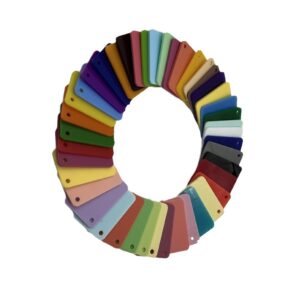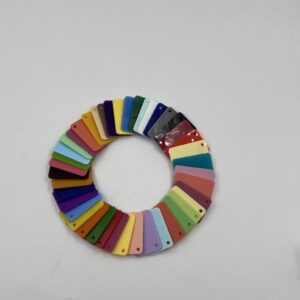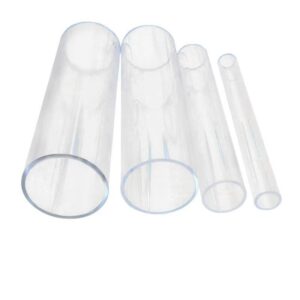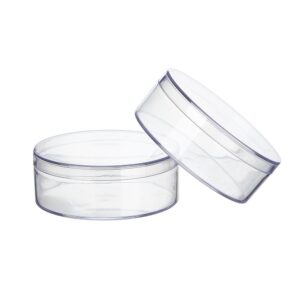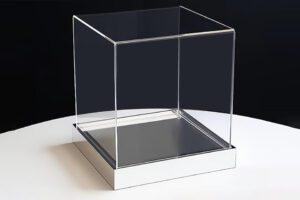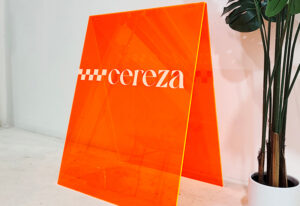You have a project. You need a strong and reliable plastic material. Two common options are PVC and acrylic. Both are plastics, but they behave in very different ways. Choosing the wrong one can cost you time and money.
This guide gives you a clear comparison. We will look at the strengths and weaknesses of each material. You will learn about their cost, appearance, and best uses. After reading, you can confidently select the right plastic for your job.
Table of Contents
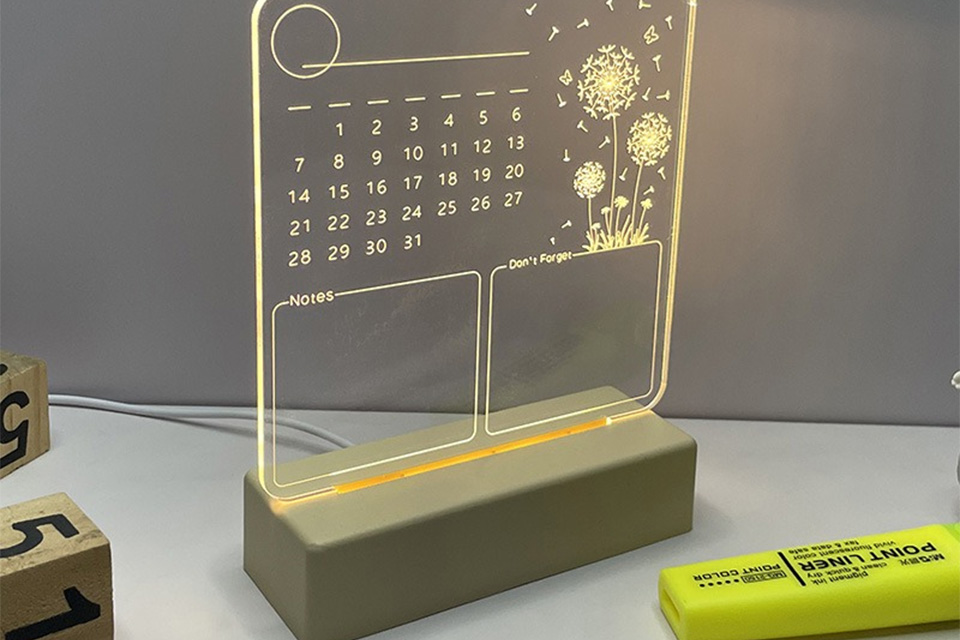
What Is PVC Plastic?
PVC stands for polyvinyl chloride. It is one of the most used plastics in the world. You find it in everything from pipes to window frames to credit cards. Its popularity comes from its low cost and great durability.
PVC is a versatile material. Manufacturers can make it rigid like a pipe or flexible like a shower curtain. They do this by adding other chemicals called plasticizers. This adaptability makes PVC useful for many different products.
How Is PVC Made?
The process to create PVC starts with salt and oil. First, manufacturers produce vinyl chloride monomer, which is a small molecule. Then, they use a chemical process called polymerization to link these small molecules into long chains. The result is a white powder known as PVC resin. This resin is then mixed with additives to give it specific properties like color, flexibility, and UV resistance before it is melted and shaped into a final product.
Key Properties of PVC
- Low Cost: PVC is very affordable to produce.
- Durable: It resists abrasion and impact well.
- Chemical Resistant: PVC holds up against many acids, salts, and bases.
- Versatile: It can be either rigid or flexible.
- Good Insulator: It does not conduct electricity, making it great for wire insulation.
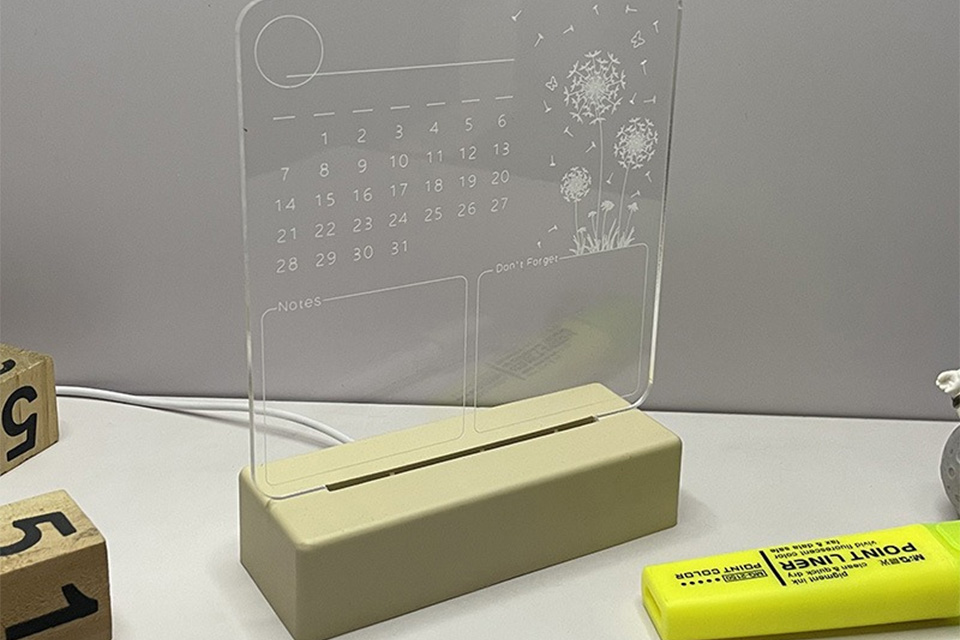
What Is Acrylic Plastic?
Acrylic is a transparent plastic also known as polymethyl methacrylate or PMMA. You might know it by brand names like Plexiglas or Lucite. Its most famous feature is its exceptional clarity. It looks almost exactly like glass but is much lighter and more resistant to impacts.
Unlike PVC, acrylic is almost always used in a rigid form. It is a popular choice for applications where appearance and transparency are important. This includes retail displays, modern furniture, and protective barriers.
How Is Acrylic Made?
Acrylic is made through a similar polymerization process. Manufacturers can shape acrylic sheets in two main ways. The first way is casting. This involves pouring the liquid acrylic between two glass plates. Casting produces a very hard and clear sheet. The second way is extrusion. This involves pushing the acrylic through a die to form a continuous sheet. Extruded acrylic is cheaper but not as strong as cast acrylic.
Key Properties of Acrylic
- Optical Clarity: It is extremely clear and transmits light better than glass.
- Weather Resistant: Acrylic stands up well to sunlight and weather without turning yellow.
- Lightweight: It is about half the weight of glass.
- Impact Resistant: It is much stronger than glass and does not shatter into sharp pieces.
- Easy to Shape: You can heat and bend acrylic into many forms.
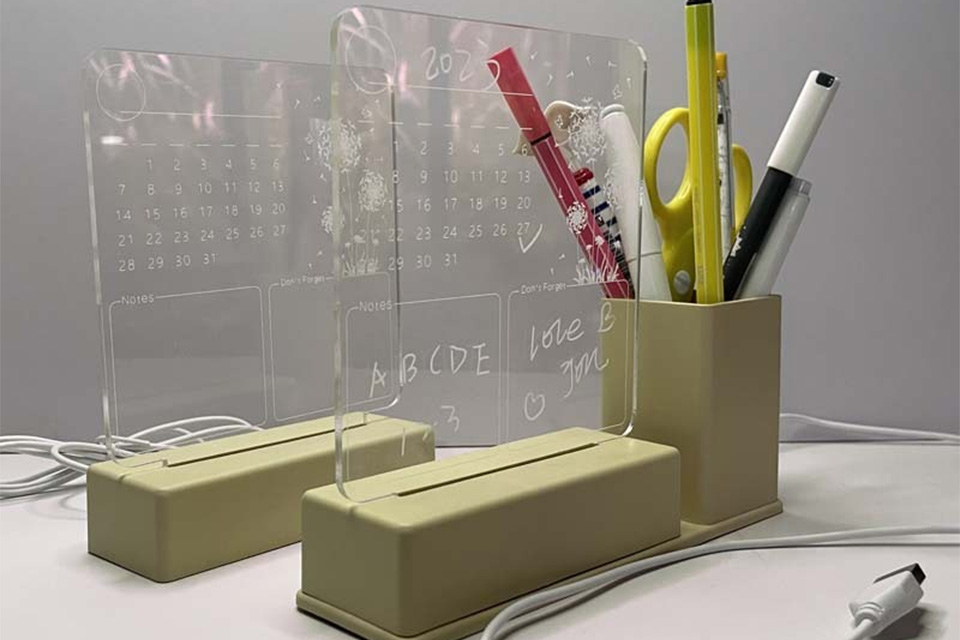
Direct Comparison: PVC vs Acrylic
You know what PVC and acrylic are. Now let’s compare them side by side. Your project’s needs will determine which material is better for you.
Strength and Durability
PVC is known for its durability and toughness. Rigid PVC has high impact strength. It resists scratches and dents. This is why it is used for house siding and water pipes. It can handle rough conditions without breaking.
Acrylic is also strong. It has 10 to 20 times the impact resistance of standard glass. However, it is more brittle than PVC. A hard impact can cause acrylic to crack or chip. It is strong, but it is not as forgiving as PVC.
Clarity and Appearance
Acrylic is the clear winner for appearance. It offers superior optical clarity. Light passes through acrylic very efficiently. This makes it perfect for display cases, windows, and anything that needs to be completely transparent. [Internal Link: See Our Acrylic Products].
PVC can be made in a clear form, but it does not match acrylic’s transparency. Clear PVC often has a slight blue or yellow tint. While useful for some packaging, it is not the choice for high end visual applications. PVC is usually produced in opaque colors, most commonly white or gray.
Cost and Availability
Cost is a major factor for most projects. PVC is almost always the cheaper option. The raw materials and manufacturing process for PVC are less expensive. The global PVC market was valued at over $80 billion in 2024 and continues to grow. This large scale production helps keep prices low.
Acrylic is a more premium material. Its price is higher than PVC. The manufacturing process for cast acrylic, the highest quality type, is more complex. This adds to the final cost. If your budget is tight, PVC is the more cost effective choice.
Weight
Both PVC and acrylic are much lighter than glass, which makes them easier to handle and install. Comparing them to each other, PVC is slightly lighter than acrylic. The specific gravity of PVC is around 1.4 g/cm³, while acrylic is around 1.18 g/cm³. This difference is small and usually not a deciding factor unless you are working on a large scale project where total weight is critical.
Weather and UV Resistance
For outdoor projects, you need a material that can handle the sun. Acrylic has excellent resistance to ultraviolet (UV) light and weather. It will not turn yellow or become brittle after years of sun exposure. This makes it a great choice for outdoor signs, skylights, and greenhouse panels. You can learn more about UV resistant materials at the [External Link: Plastics Industry Association].
Standard PVC does not handle UV light as well. Over time, sunlight can make it brittle and cause its color to fade. However, manufacturers can add UV stabilizers to PVC. This improves its outdoor performance, but it still may not match the long term stability of acrylic.
Chemical Resistance
Your project may expose the material to chemicals. PVC has excellent chemical resistance. It is not affected by many acids, bases, and oils. This is why it is the standard material for chemical pipes and tanks.
Acrylic is resistant to many common chemicals like detergents and salt water. However, it can be damaged by harsh solvents like acetone, gasoline, and alcohol. These chemicals can cause the acrylic to craze, which means small cracks appear on the surface. You can check specific material data sheets for detailed information on [External Link: Chemical Resistance of Plastics].
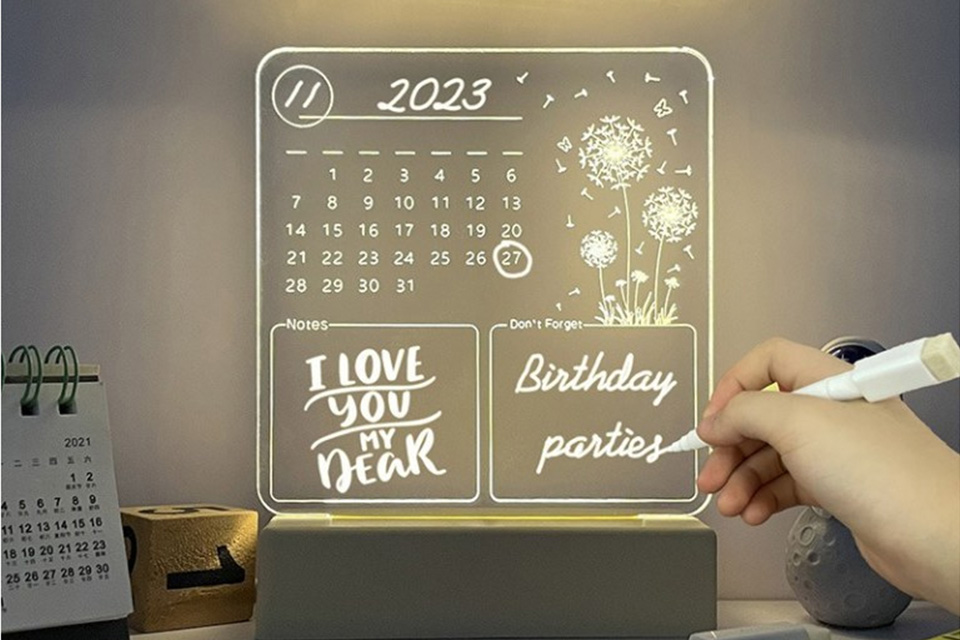
Common Uses for PVC
The properties of PVC make it a workhorse for many industries. Its low cost, durability, and chemical resistance are valuable assets.
Construction and Building
The construction industry is the largest user of PVC. You can find it in water and sewer pipes, which need to last for decades underground. It is also used for window and door frames because it is a good insulator and does not rot. Vinyl siding and flooring are popular because they are durable and easy to clean. [Internal Link: Explore Our Construction Materials].
Signage and Displays
PVC foam board is a lightweight and rigid material. It is often used for signs and displays. It is easy to print on and cut into shapes. Because it is so affordable, PVC is a great choice for temporary event signs or indoor retail displays.
Common Uses for Acrylic
Acrylic shines in applications where looks matter. Its glass like clarity and smooth finish give it a high quality feel.
Displays and Signage
Acrylic is the top choice for premium retail displays. It protects products while allowing customers to see them clearly. High end signs, especially those that are lit from behind, use acrylic. The light diffuses evenly through the material, creating a bright and clean look.
Windows and Glazing
Acrylic is a safe alternative to glass. It is used for things like hockey rink barriers, submarine windows, and aircraft canopies. Large public aquariums use massive acrylic panels to hold back millions of gallons of water. Its strength and clarity are unmatched for these demanding jobs. [Internal Link: Learn About Custom Glazing Solutions].
Making the Right Choice for Your Project
So, which material should you choose? The answer depends entirely on your needs. There is no single “better” plastic. There is only the right plastic for your specific application.
Dr. Evelyn Reed, a leading materials scientist, puts it simply. “The choice between PVC and acrylic comes down to function. PVC is a workhorse for infrastructure. Acrylic is a champion of clarity and light. You select the tool that best fits the task at hand.”
When to Choose PVC
- Your budget is the most important factor.
- You need excellent resistance to strong chemicals.
- The application is for construction, such as pipes, frames, or siding.
- The part will not be in direct sunlight for long periods, or it has UV protection.
- Extreme durability and impact resistance are more important than appearance.
When to Choose Acrylic
- You need the best possible optical clarity and light transmission.
- The project will be outdoors and needs to resist weather and UV light.
- Appearance is critical, and you need a high gloss, premium look.
- The part needs to be a lightweight and safe replacement for glass.
- You need to bend or shape the material into custom designs.
Frequently Asked Questions
Is PVC stronger than acrylic? PVC is generally more durable and impact resistant than acrylic. It can bend and flex more before breaking. Acrylic is very strong and rigid but can be more brittle, meaning it might crack under a sudden, sharp impact.
Which is cheaper, PVC or acrylic? PVC is significantly cheaper than acrylic. Its raw materials and production are more cost effective, making it the budget friendly choice for many large scale projects.
Does acrylic turn yellow in the sun? No, high quality acrylic has excellent UV resistance. It does not turn yellow or become brittle even after many years of exposure to direct sunlight. This is one of its main advantages over other clear plastics.
Can you bend PVC and acrylic? Yes, you can bend both materials using heat. Acrylic is very popular for this, as it can be formed into smooth, complex curves for things like furniture and displays. PVC can also be heat bent, which is a common technique for fitting pipes and conduits.
Which plastic is better for outdoor use? Acrylic is generally better for long term outdoor use. Its natural resistance to weathering and UV radiation means it will maintain its color and strength for years. While you can get UV stabilized PVC, acrylic often performs better over the long run.
Is PVC or acrylic more toxic? In their solid, finished forms, both PVC and acrylic are safe and nontoxic. Concerns about PVC toxicity usually relate to its manufacturing process, which involves vinyl chloride monomer, a hazardous substance. There are also environmental concerns about the plasticizers used in flexible PVC and the potential release of harmful chemicals if it burns. Acrylic is generally considered a very stable and nontoxic plastic.





